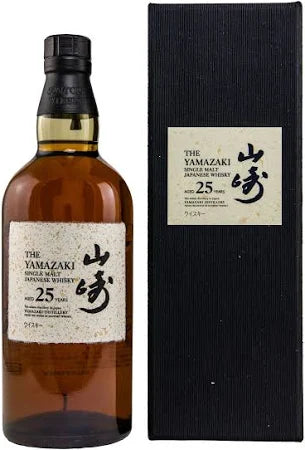Lafite Rothschild: The First Growth on the Frontline of Climate Change
 Rothschild: The First Growth on the Frontline of Climate Change
Rothschild: The First Growth on the Frontline of Climate Change
Few names in wine carry as much weight as Château Lafite Rothschild. A First Growth since the 1855 Classification, Lafite has been synonymous with prestige and collectability for centuries. It is one of the most liquid names on Liv-ex, a cornerstone of any blue-chip portfolio, and a benchmark in Bordeaux trade.
But behind the grandeur of the Pauillac estate lies a quieter story — one of adaptation, innovation, and resilience in the face of climate change.
The Challenge: Heat, Drought, and Volatility
Bordeaux has always thrived on balance: Atlantic breezes, gravel soils, Cabernet Sauvignon’s slow ripening. But warming trends have shifted that balance. Vintages are hotter, alcohol levels rise quickly, and droughts stress the vines. For Lafite, whose identity rests on elegance rather than sheer power, climate change is an existential test.
Organic Conversion at Scale
Lafite has been steadily converting its 112 hectares of vineyards to organic farming. By the early 2020s, more than half was fully organic, with the remainder in transition. The estate is reducing chemical inputs, planting cover crops, and encouraging biodiversity.
This isn’t marketing. It’s necessity. Healthy soils and stronger vine immunity are critical defenses against the heat spikes, storms, and disease pressure that climate volatility brings.
Rootstocks and Genetic Research
Perhaps the most ambitious part of Lafite’s adaptation is its long-term research on rootstocks. Historically, Bordeaux relied on a narrow genetic base, which is risky under new climatic conditions. Lafite is experimenting with heat- and drought-resistant rootstocks that can maintain elegance even in hotter years.
This is a generational project. Rootstocks planted today may not shape commercial vintages for decades. But it shows Lafite’s willingness to invest in the deep future — a rare luxury in an impatient world.
Experimentation with Blends
Cabernet Sauvignon remains king at Lafite, but warming trends are shifting its ripening profile. In some vintages, Merlot or Petit Verdot play a larger role than before. Technical director Eric Kohler and his team have adjusted winemaking subtly — picking earlier, managing tannins differently, refining extraction — to preserve freshness.
The aim is clear: adapt without losing identity. A Lafite must always be Lafite — graceful, complex, never heavy-handed.
Water Management
Drought is becoming a recurring issue in the Médoc. Lafite has invested in soil studies, drainage systems, and canopy management to optimize water retention. The philosophy is not to irrigate like in Napa, but to help vines regulate naturally — keeping the estate aligned with both tradition and regulation.
Symbolism and Scarcity
Every move Lafite makes is amplified because of its symbolic role. Collectors don’t just buy bottles; they buy confidence in the château’s ability to weather time — and now, climate. By positioning itself at the forefront of adaptation, Lafite signals that the First Growths can remain not only relevant but essential in a changing world.
For collectors, this means two things:
-
Scarcity + resilience = investment strength. Demand is global, supply finite, and climate volatility will only tighten that scarcity.
-
Narrative power. Owning Lafite is no longer just owning Bordeaux history — it’s owning part of the future of fine wine.
Conclusion: The Long Game
Château Lafite Rothschild has survived revolutions, phylloxera, and world wars. Climate change may be its sternest challenge yet, but the estate is responding with the same patience and vision that made it legendary.
For collectors, Lafite remains the quintessential blue-chip holding. But today, its value is doubled: it is both a timeless anchor and a case study in how the world’s greatest estates adapt for the future.
At Rue Pinard, we see Lafite not just as a must-have for every serious portfolio, but as a symbol of why discipline, patience, and foresight are the only way to build a cellar that endures.





